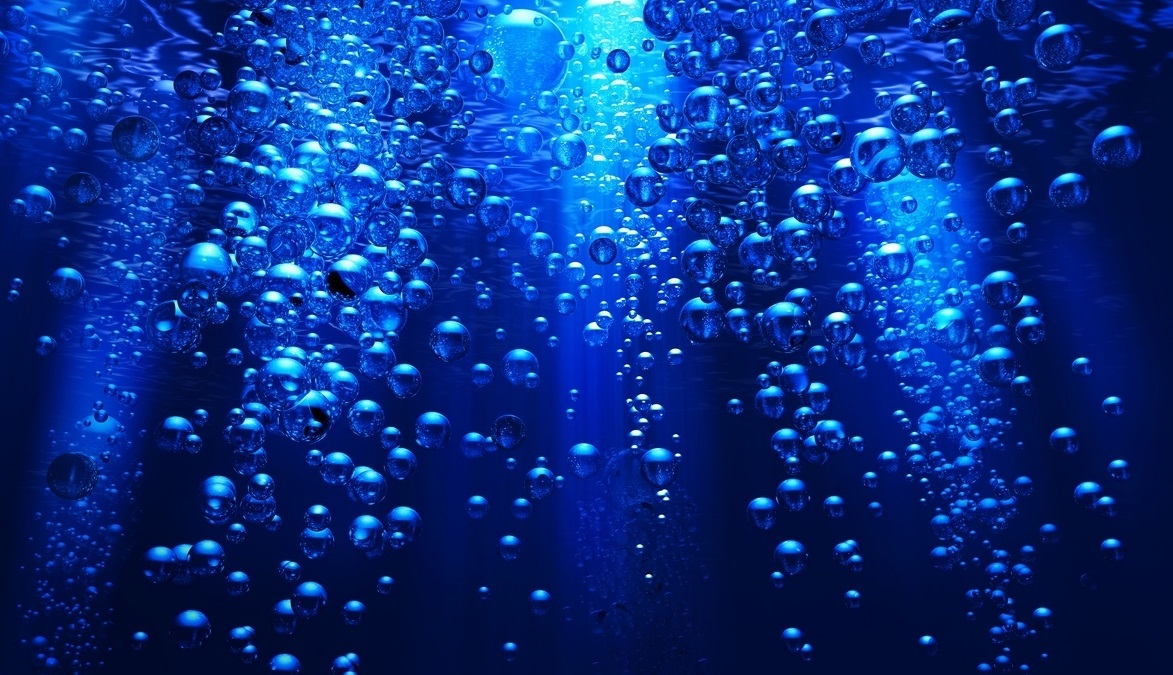Almost every form of life as we know it depends on oxygen. For humans and other land animals, oxygen is derived from the air, but aquatic species rely on dissolved oxygen (DO) in order to survive. There is known to be strong correlation and interdependence between good water quality and sufficient levels of DO, with the result that many factors affecting water quality also have an impact on DO levels.
Given the dependence of aquatic life on adequate levels of dissolved oxygen, a firm understanding of the topic is essential for effective decision-making where issues of agricultural drainage, wastewater treatment, hypoxic zones and aquaculture facilities are concerned.
Techniques
There are three main methods for measuring levels of DO: the titration method, utilising basic chemical analysis; the diaphragm-electrode technique, using an electrochemical sensor; and photochemical analysis, employing an optical sensor to analyse fluorescence. Of these three, the electrochemical technique is the most widely used. All three methods are outlined here.
Titration Method
For a long time, titration was the only way to accurately and precisely measure dissolved oxygen levels. Also called the Winkler method after the scientist who developed the technique, this procedure works by adding a chemical, or reagent, that will react with the oxygen in the water. By adding a certain quantity and measuring the amount of precipitate produced via oxidisation, the level of dissolved oxygen can be determined.
The Winkler method can be sufficient but is subject to human error, sample contaminants and inaccuracies, and is cumbersome to carry out in the field unless samples of water are taken to a lab. Several modified versions of the Winkler method have been developed to respond to these problems, the most popular of which is the addition of sodium azide, but these all have drawbacks.
Electrochemical Sensors
Electrochemical dissolved oxygen meters use two electrodes suspended in an electrolyte solution to measure the DO level. The electrodes and electrolyte sit behind a diaphragm through which oxygen can permeate, and the rate of oxygen permeation is proportional to the pressure of the dissolved oxygen in the water sample. The rate of permeation is measured as the dissolved oxygen reacts with the electrodes, producing a current which is also proportional to the oxygen pressure in the water.
Fortunately, there’s no need to sit with a pen and paper and calculate the relationship between current and oxygen levels – modern sensors use a digital output and do all of the calculations, producing a simple readout. Some meters also contain additional sensors to measure salinity, temperature and pressure, all of which affect DO concentrations, and factor in these elements when calculating DO levels.
Photochemical Sensors
Also known as the optical or fluorescent method, photochemical sensors rely on the ‘quenching’ effect of oxygen on luminescence. These sensors contain dyes which emit light (luminescence) when exposed to blue light. A light detector measures the amount of light given off by the dyes. The dyes are placed behind an oxygen-permeable membrane, and oxygen that passes through the membrane ‘quenches’ the luminescence of the dyes.
The greater the level of DO, the more pronounced the ‘quenching’ effect and thus less light received by the detector. The pressure of dissolved oxygen is inversely proportional to the extent of luminescence, allowing the sensor to calculate the DO level of the sample.
Conclusions
Dissolved oxygen sensors are designed for use in both laboratory conditions and in the field. Many offer functions specialised for spot-testing, long-term data collection or biochemical oxygen demand tests. Under certain conditions, however, the titration method can be relied on to produce relatively accurate readings of levels of dissolved oxygen.

























